KNX in 2025: Top Trends Driving Smart Building Innovation
The world of building automation is evolving at lightning speed, and the KNX standard remains at the forefront, proving its adaptability and robustness. As we navigate 2025, several key trends are converging to redefine what’s possible in smart buildings, pushing the boundaries of efficiency, intelligence, and connectivity. For KNX professionals, integrators, and building owners, understanding these shifts is crucial. Let’s dive into the top KNX trends shaping the future of smart building innovation this year, with a particular focus on energy management, Artificial Intelligence (AI), and the Internet of Things (IoT).
Trend 1: Hyper-Focus on Energy Management and Sustainability
While energy efficiency has always been a benefit of KNX, 2025 sees it elevated to a primary strategic driver. Escalating energy costs, stringent environmental regulations (like the EPBD in Europe), and growing corporate ESG (Environmental, Social, and Governance) commitments are demanding more sophisticated energy management solutions.
How KNX Delivers:
- Granular Monitoring: KNX enables detailed energy metering and sub-metering, providing precise data on consumption patterns for lighting, HVAC, plug loads, and more.
- Intelligent Control: Based on real-time data, occupancy, schedules, and external factors (like weather or energy tariffs), KNX systems dynamically adjust heating, cooling, ventilation, lighting, and blind control to minimize waste.
- Load Management: KNX facilitates automated load shedding and peak shaving strategies, crucial for managing demand charges and integrating with smart grids or on-site renewables (like solar PV).
- “Buildings 4.0”: This concept, championed within the KNX community, emphasizes optimizing energy usage as a core goal, moving beyond basic automation towards truly resource-efficient buildings.
Expect to see more KNX devices and solutions specifically designed for advanced energy monitoring, reporting, and active demand-response capabilities.
Trend 2: The Rise of Artificial Intelligence (AI) in KNX Systems
Artificial Intelligence is moving from buzzword to practical application within the building automation space. While still in its earlier stages for widespread KNX deployment, the integration potential is immense and development is accelerating in 2025.
AI’s Potential Role:
- Predictive Maintenance: AI algorithms can analyze data from KNX-connected equipment (HVAC units, pumps, lighting ballasts) to predict potential failures before they happen, enabling proactive maintenance and reducing downtime.
- Enhanced Optimization: AI can learn building occupancy patterns, thermal behaviour, and user preferences over time to optimize HVAC and lighting schedules far beyond static programming, maximizing comfort and efficiency simultaneously.
- Simplified Engineering: There’s a strong push to leverage AI to potentially simplify the configuration and linking process within ETS, making KNX installations faster and more intuitive, especially for complex systems.
- Smart Security: AI-powered analytics applied to KNX-integrated security cameras and sensors can improve threat detection and reduce false alarms.
While fully autonomous AI control isn’t the norm yet, expect more KNX-compatible platforms and tools incorporating AI-driven analytics and advisory functions.
Trend 3: Deeper Integration with the Internet of Things (IoT)
KNX is solidifying its position as the backbone for professional smart building installations while simultaneously embracing the wider world of IoT. The key here is standardized, secure integration.
KNX IoT Developments:
- KNX IoT Standard & Certification: The availability of standardized KNX IoT device APIs (Point API, Third-Party API) and associated certification ensures secure, interoperable communication between KNX systems and the cloud or other IoT platforms/devices using IP-based protocols (like IPv6, Thread).
- Bridging Worlds: KNX IoT allows seamless data exchange, enabling non-KNX devices (smart appliances, specific sensors, cloud services) to interact securely with the robust KNX infrastructure via gateways.
- More Data, More Insights: Integrating IoT devices brings a richer dataset into the building management ecosystem, enabling finer control and more comprehensive analytics (e.g., air quality sensors, specialized asset trackers).
This trend allows KNX systems to leverage the vast innovation within the broader IoT market without compromising the security and reliability inherent to the KNX standard.
Other Key Developments Shaping KNX in 2025
Beyond the headline trends, keep an eye on:
- Simplification & Ease of Use: A continued industry focus on making KNX systems easier to design, commission, and manage, potentially through improved ETS features, wizards, and potentially AI assistance.
- Enhanced Security: With regulations like the Cyber Resilience Act (CRA) coming into focus, KNX Secure (data encryption and authentication) becomes even more critical. Expect wider adoption and potentially new security-focused features and training.
What This Means for KNX Professionals and Building Owners
These trends present significant opportunities:
- For Professionals: A chance to offer more sophisticated energy management, predictive maintenance, and integrated solutions. Upskilling in IoT integration, data analysis, and cybersecurity will be essential.
- For Building Owners: The potential for drastically reduced operating costs, improved occupant comfort and productivity, enhanced building resilience, and higher asset value.
The Future is Integrated and Intelligent
KNX continues to evolve, meeting the complex demands of modern smart buildings. The focus in 2025 on advanced energy management, the strategic integration of AI, and seamless connectivity with the IoT world ensures that KNX remains a powerful, future-proof standard. By embracing these trends, the KNX community can continue to deliver truly intelligent, efficient, and sustainable buildings.
for more information about KNX world let’s check KNX website.
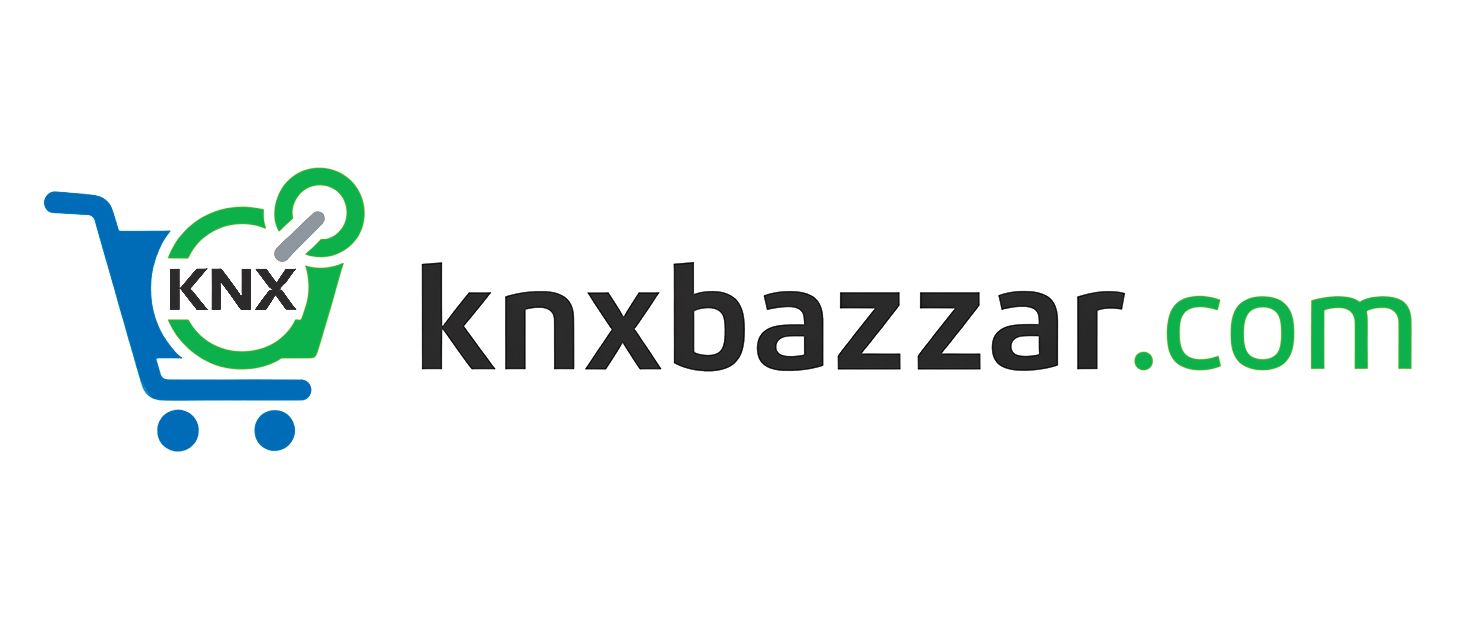
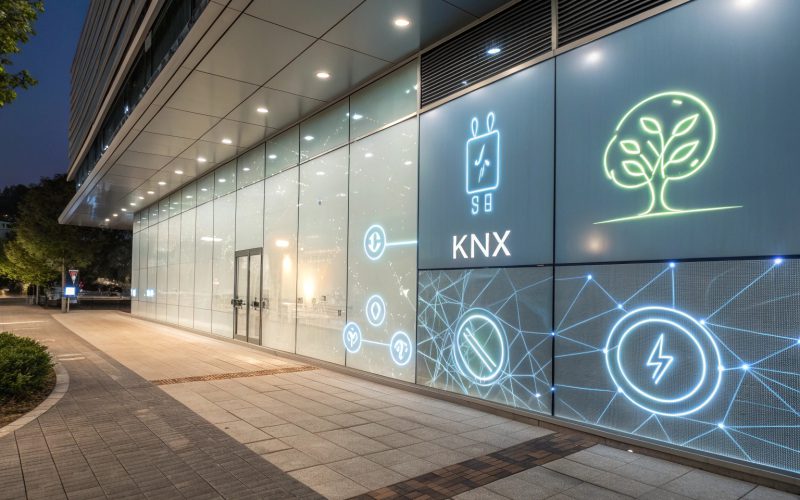

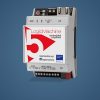
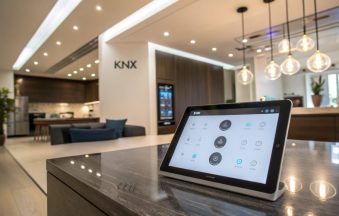
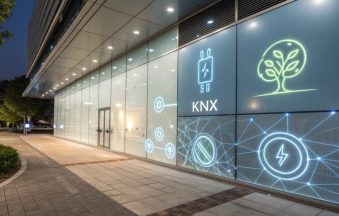
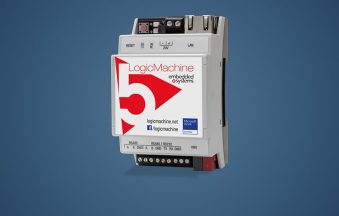

Add comment